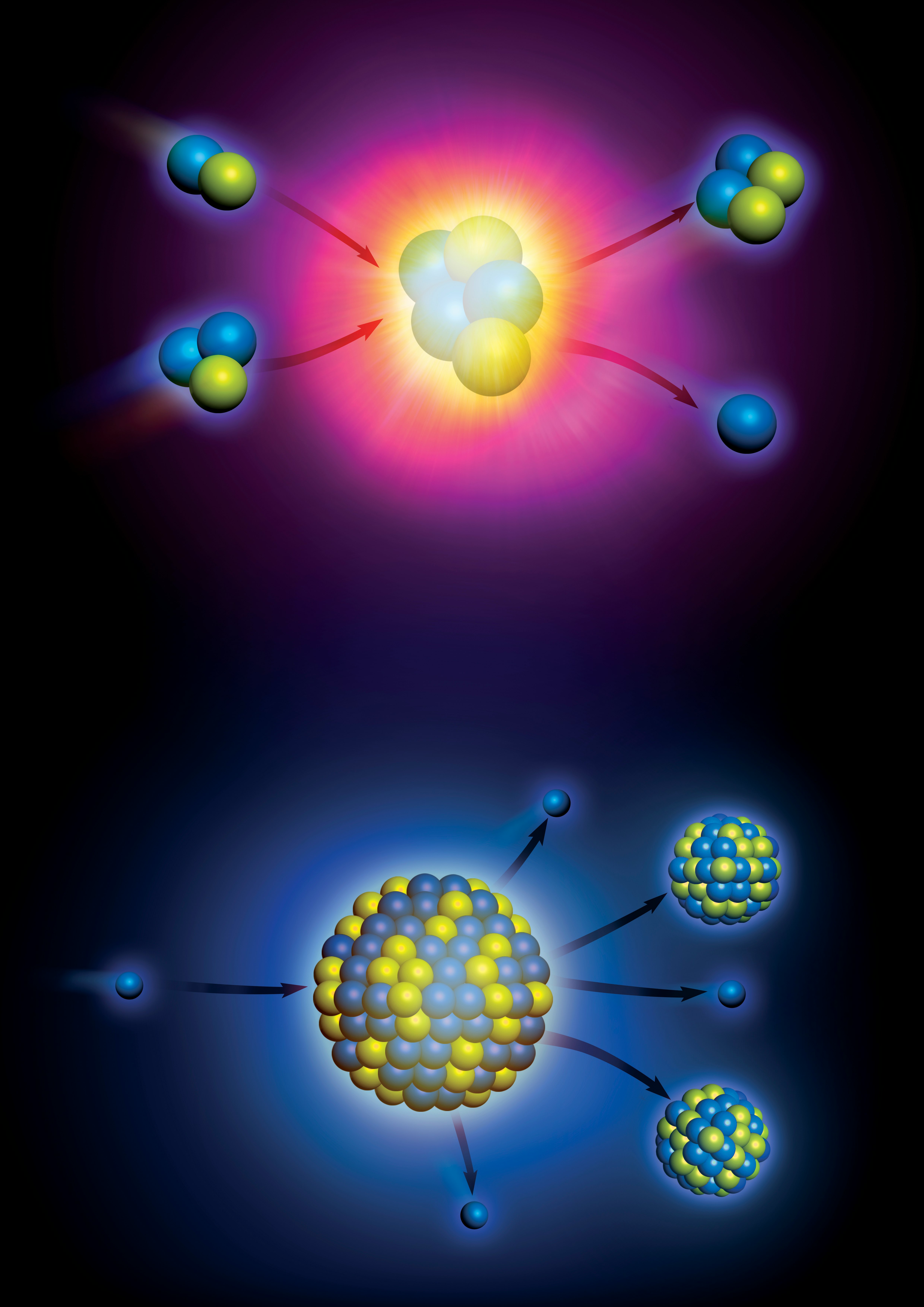
It’s always “did you turn the light off when you left the room?” never “I finally managed to successfully smush together some atoms and harness the massive amount of energy they created.” But here at Inverse, we’re interested in the innovators who are making what once seemed like a fantasy into tangible reality: Like nuclear fusion for example.
Meanwhile, you should definitely turn the light off when you leave the room. And recycle. But you can nudge your foot into the future of climate solutions with today’s nuclear fusion story, which comes from Inverse’s new, biweekly innovation newsletter, HORIZONS. In today’s email, you’ll also find stories of death-evaders, bacteria, and a CEO who was in over his head. Let’s try to keep ours this week.
This is an adapted version of the Inverse Daily newsletter for Monday, April 4, 2022. Subscribe for free and learn something new every day.

This is when we may finally achieve fusion energy
Nuclear energy is a controversial energy source, but nuclear fusion makes it a bit easier to swallow the benefits. “Nuclear fusion is essentially the opposite of nuclear fission,” reports Inverse editor Mike Brown. The process “involves smashing atoms into each other to create larger atoms — theoretically releasing vast amounts of energy. But unlike nuclear fission, this process comes without the same safety concerns over meltdowns or radioactive waste,” Brown writes.
In his first feature for HORIZONS, Inverse’s new innovation newsletter, Brown gets into the details of companies like CEO Nick Hawker’s First Light Fusion. These companies see “the potential — and the money” associated with a fully-developed fusion energy system, reports Brown. “One benefit of fusion is that it offers electricity generated on-demand, rather than only when the Sun is shining or the wind is blowing — a potential ‘complement’ to renewable energy sources,” he writes.
But the road to safe and sustainable nuclear energy is long and spotted with difficult physics problems.
“The biggest hurdle to fusion energy actually working is that it is yet to generate more energy than goes into the reaction,” writes Brown. “Heating atoms up to temperatures similar to the Sun takes a lot of energy.”
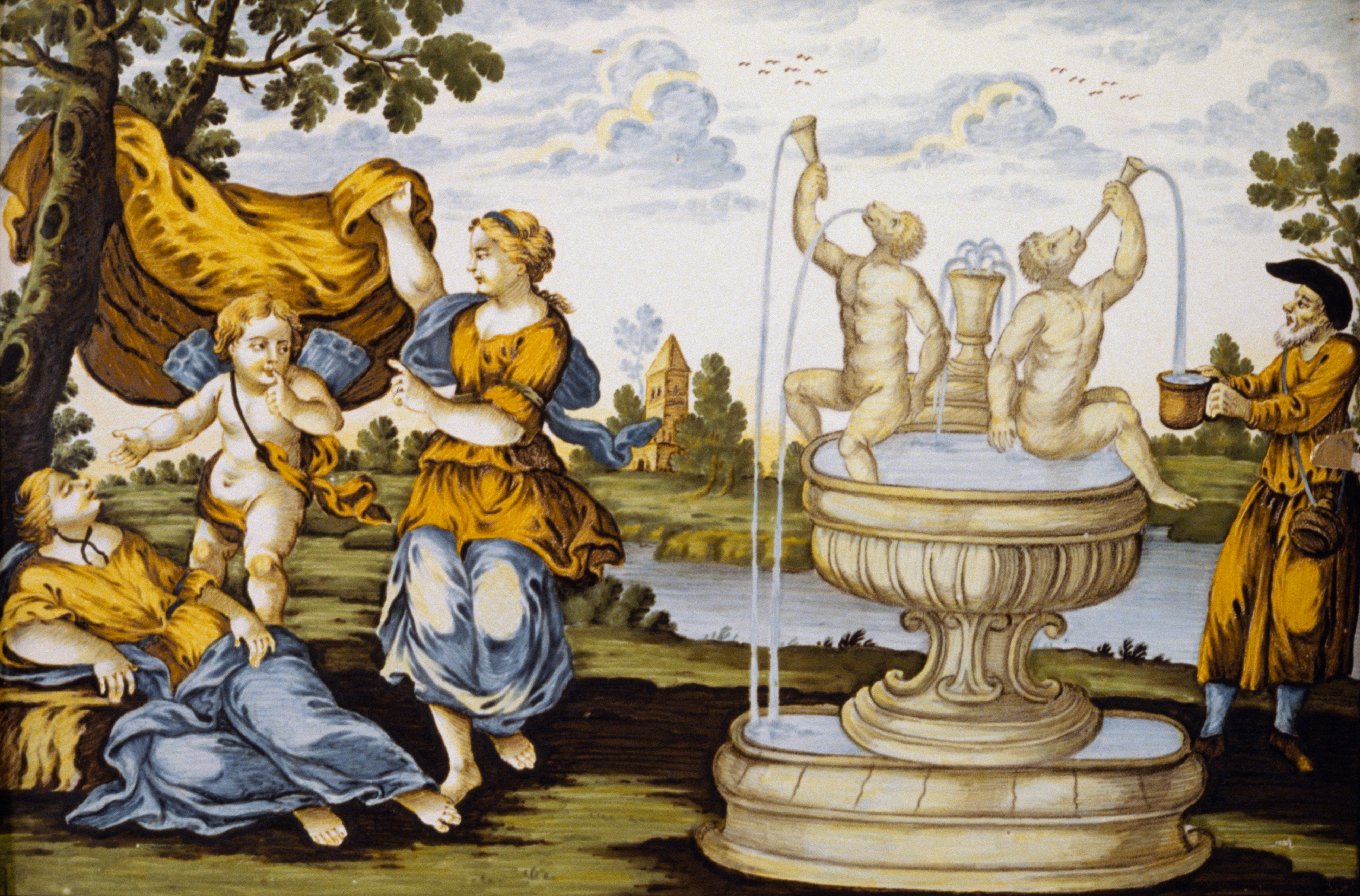
The DIY quest to cheat death and stop aging
While First Light Fusion works on energy, Ken Scott is putting his into drafting his social calendar for the next 500 years, which is how long he intends to live.
“An active man, Scott jets between his homes in upstate New York and Florida, flies to exotic locations such as Panama City for business, and still finds time for the odd cruise,” writes Peter Ward. “His secret? A DIY regime of self-experimentation and untested therapies he believes will keep him going well past the next century.”
Like other biohackers, Scott treats his human body like a problem to solve. He’s open to most solutions. Early in his biohacking journey, Scott stopped eating for five days to cure chronic sinus infections, and recently, he started taking “untested and unregulated interventions like amniotic fluid injections,” writes Ward.
“In the future, Scott plans to travel outside the United States to undergo a plasmapheresis treatment he describes as a ‘cleansing’ of the blood and eventually gene therapy to reverse the aging in his body’s cells.” Typically, this process is reserved for cancer patients.
Expert opinions on biohacking range from “waste of time” to “don’t inject yourself with amniotic fluid,” but one thing everyone can agree on is we’re definitely all going to die. Eventually.
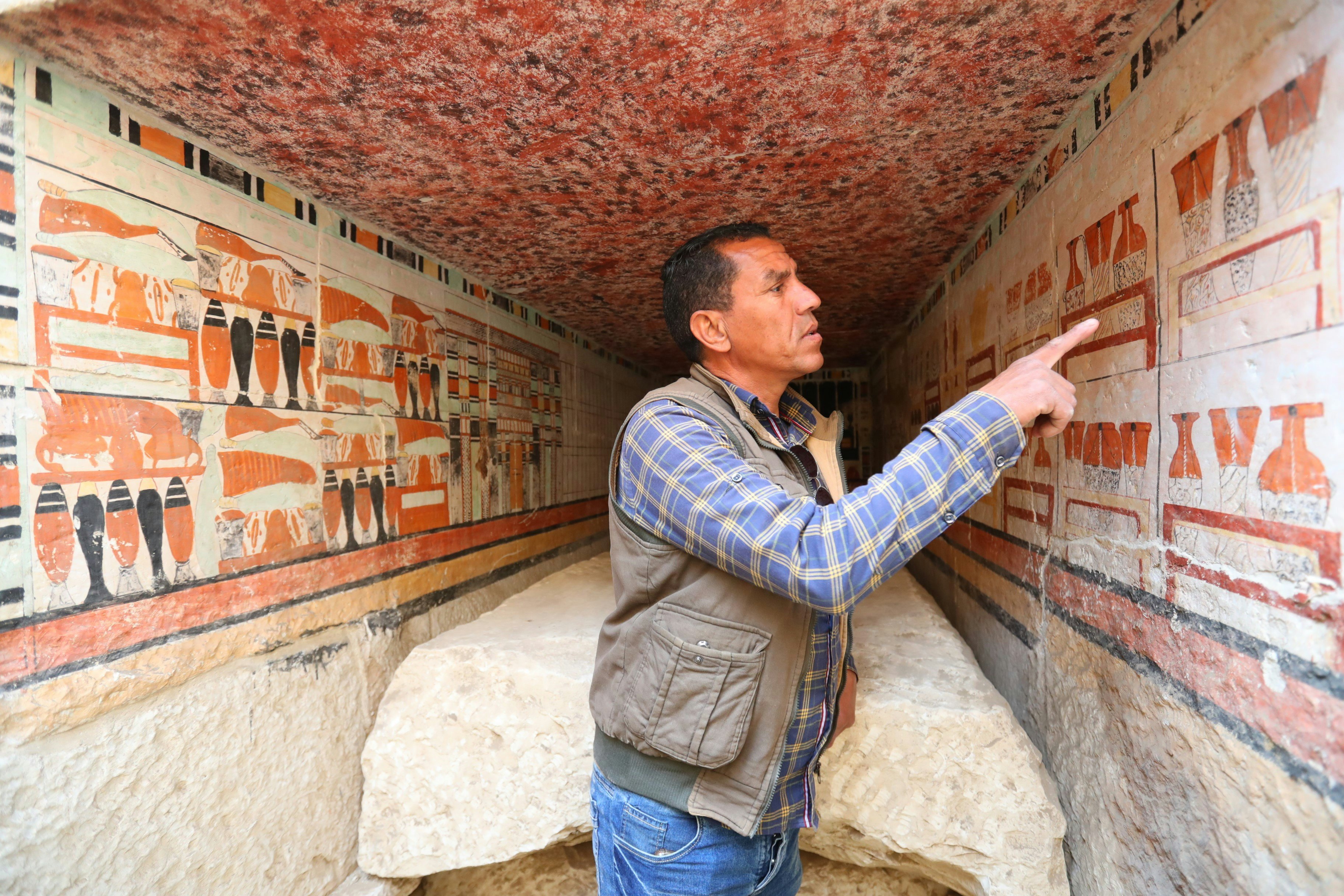
What’s growing on the walls of this ancient tomb?
Perhaps the elixir of life is growing tendrils on this ancient tomb wall, where researchers have discovered a thriving microbiome. “They collected and analyzed samples from the Dahuting Han Dynasty Tomb in China, which dates back to the 1st century A.D.,” writes Inverse card story editor Jennifer Walter.
According to their findings, which were published recently in the Proceedings of the National Academy of Sciences, the bacteria Pseudocardinae rules the tomb. This type of Actinobacteria “was able to out-compete other types of bacteria for survival,” writes Walter.
The tiny yellow arthropod springtail also lives its best life on the tomb walls, helping disseminate bacteria as it eats through the white thickets. Continue reading to see the bacteria-munching boogers for yourself. From a safe distance, of course, no hand sanitizer necessary.
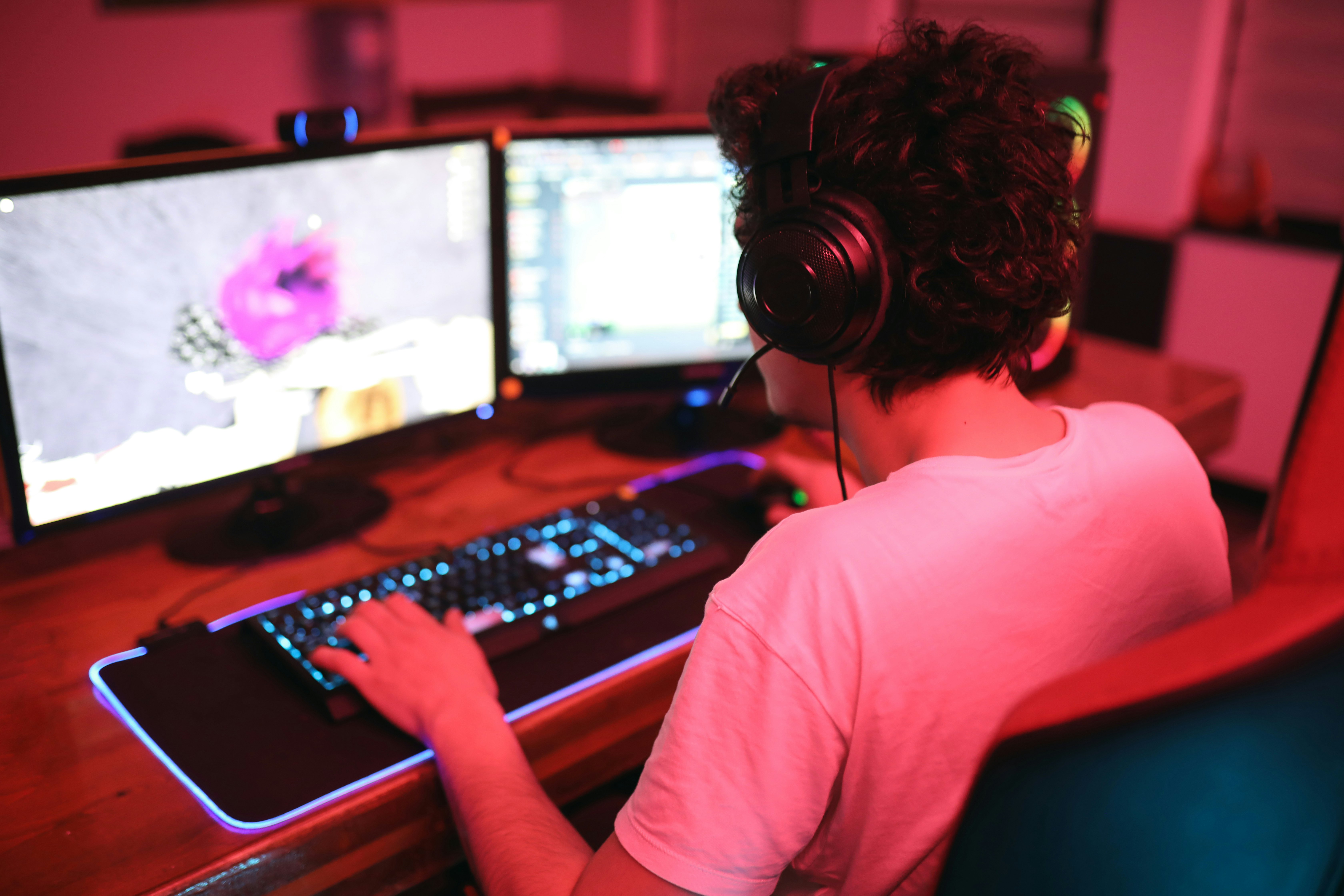
How Artesian Builds became the Fyre Fest of gaming startups
According to former Artesian Builds employees, it was clear that the gaming PC startup was going under. But “Artesian’s abrupt fall comes on the heels of an equally astonishing rise,” reports Steven Asarch. “The company’s custom gaming PCs had exploded in popularity over the past two years, leading to a partnership with Intel and deals with some of the world’s most visible influencers, including MrBeast and FaZe Clan co-owner NickMercs.”
The company’s true start came in 2019, when “Katz pivoted from crypto mining to gaming,” writes Asarch. He “positioned his PCs as the Rolls-Royce of gaming hardware, with a clever gimmick. Each unit would be built by hand, live on the company’s Twitch channel.”
To the world, Artesian Builds was high-quality, innovative, and healthy. Back at the office, Katz’ floor was cracking. The CEO clashed with staff as customers complained about overheating and poor performance. Refund money poured out of the company like an unstifled river, until eventually, there was nothing left to give.
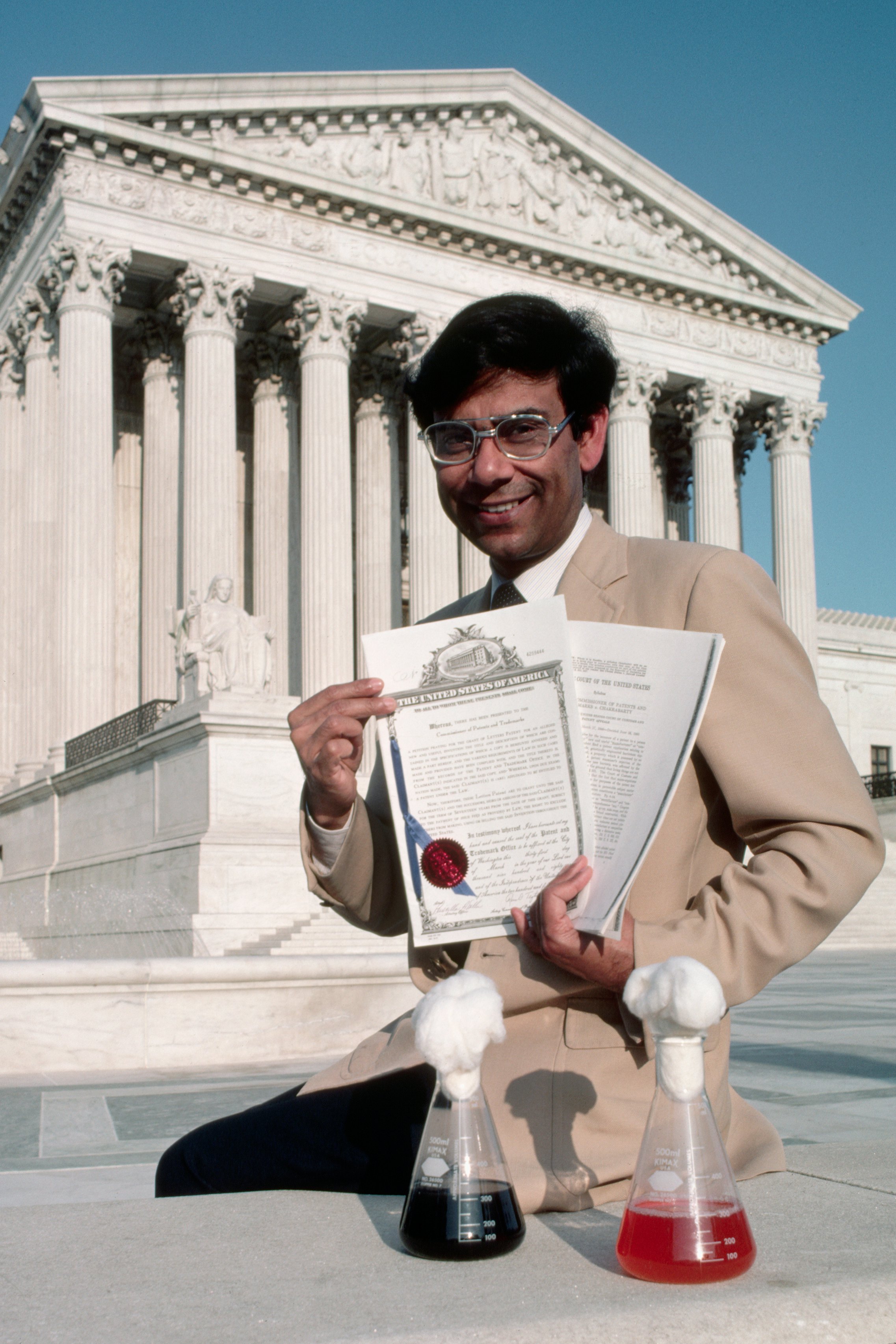
About this newsletter: Do you think it can be improved? Have a story idea? Want to share a story about the time you met an astronaut? Send those thoughts and more to newsletter@inverse.com.
- On this day in history: The renowned Indian-American microbiologist Ananda Chakrabarty was born April 4, 1938. While working as a research scientist at General Electric, Chakrabarty helped develop a genetically modified bacteria that could chew up oil spills. In 1980, because of that bacteria, Chakrabarty received the first-ever U.S. patent for a living organism.
- Song of the day: “Bacteria” by Lil Tracy.







